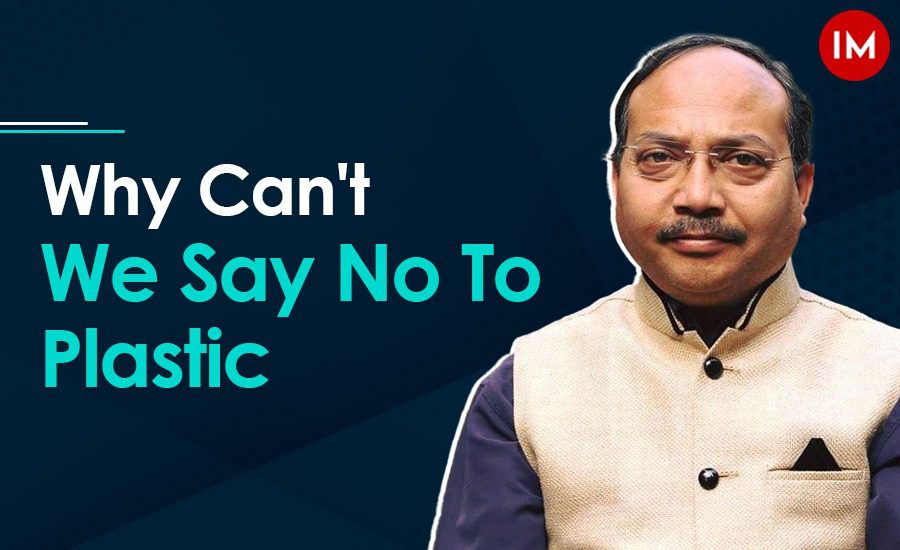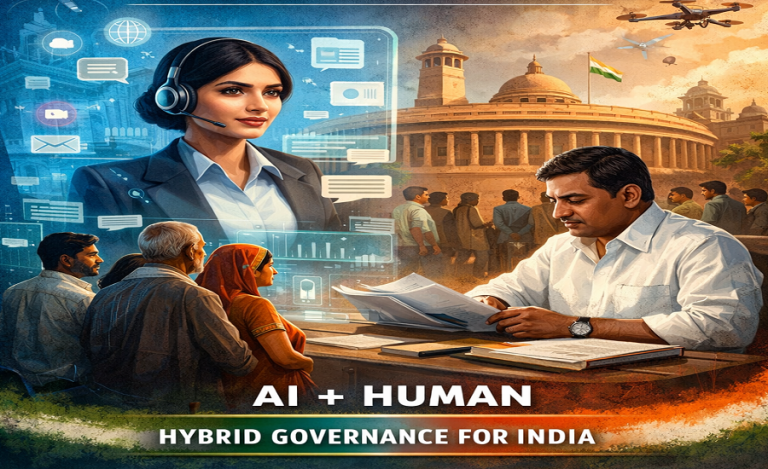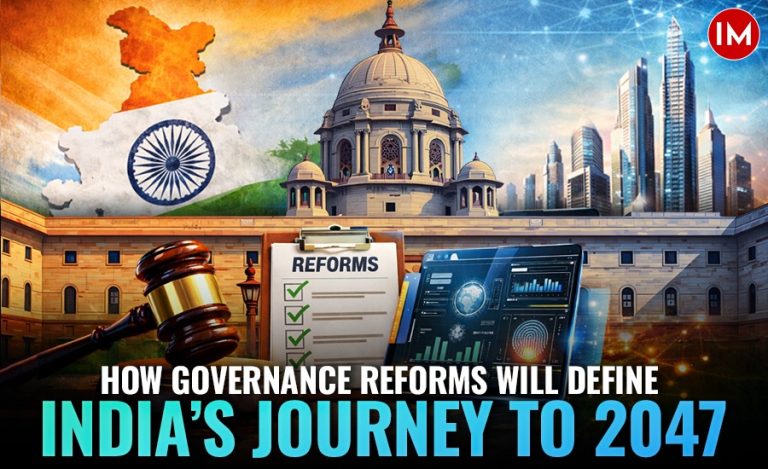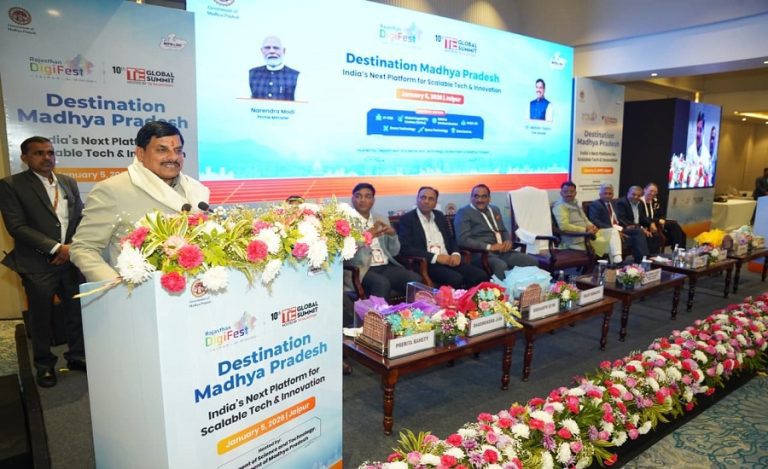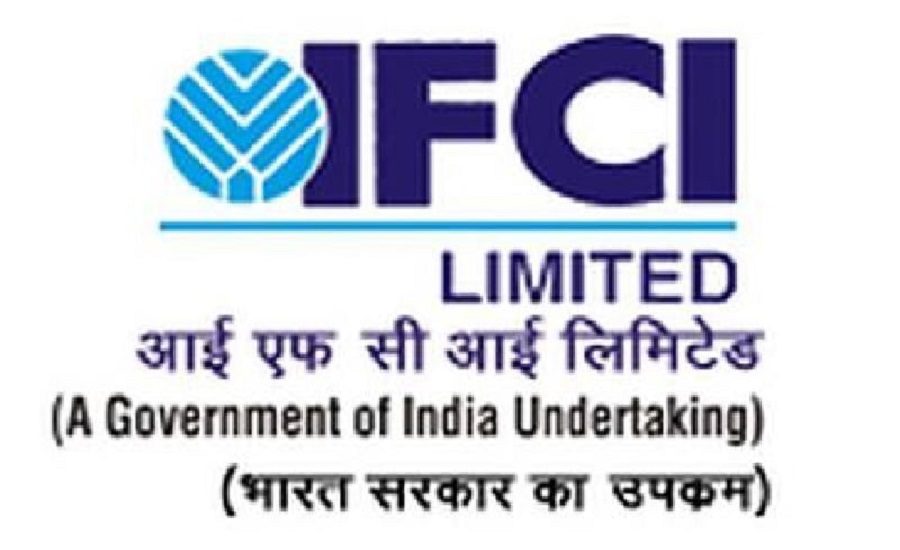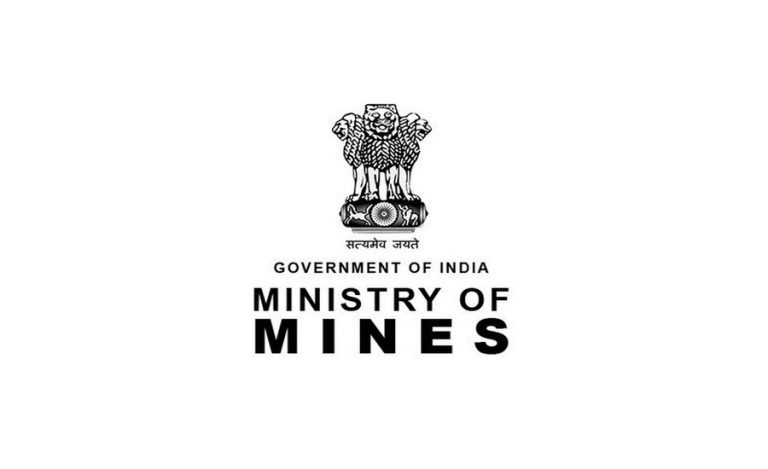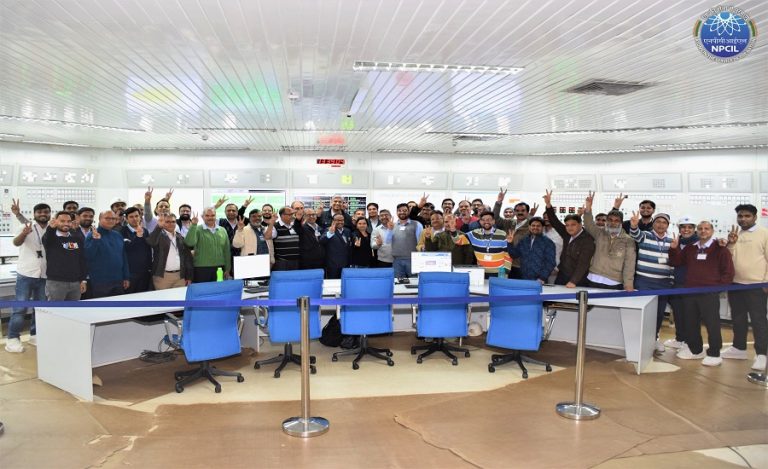Invented in 1862 as a substitute to ivory, plastic is now threatening the world. More than 400 million tonnes of plastic is produced every year worldwide, half of which is designed to be used only once. Of that, less than 10 per cent is recycled. An estimated 19-23 million tonnes end up in lakes, rivers and seas annually.
Microplastics find their way into food, water and air. It is estimated that each person on the planet consumes more than 50,000 plastic particles per year, according to a UN report. Plastic waste flowing in water systems, would triple in next 15 years. In fact, microplastics are reported to be responsible for rapidly increasing cases of cancer in the world.
Sample these statistics issued by the United Nations:
- More than 1 million plastic bags are used every minute, with an average “working life” of only 15 minutes
- 500 billion plastic bags are used annually—and that’s just plastic bags.
- Of all plastics the world has produced, only 9% of the nine billion tons has been recycled—most ends up in landfills, dumps, or in the environment.
- The ocean is expected to contain 1 ton of plastic for every 3 tons of fish by 2025 and, by 2050, more plastics than fish (by weight).
- Studies suggest that the total economic damage to the world’s marine ecosystem caused by plastic amounts to at least $13 billion every year.
- If current consumption habits continue, we’re on pace to have discarded 12 billion tons of plastic waste into landfills and our environment by 2050.
Plastic has invaded every sphere of our life. Everything comes packed in plastic – from water to eatables and from clothes to computer peripherals. From surgical equipment to spaceships, everything has its fair share of plastic. Plastic mow is like artificial intelligence – we can’t live without it despite being aware of the dangers it poses to the world in general and to human race in particular.
Plastic is a by-product of petrochemical industry but its prevalence is due to its flexibility – it can take any shape and size, impermeability, and its sturdiness. Being inexpensive, its goods mostly are of use and throw kinds, especially the packing material.
So what do we do? There are two ways to tackle plastic. One – recycle it and two – replace it with reusable material in everything from packing to daily use goods. Right now less than 10 percent of plastic is recycled. The remaining 90 percent goes either into landfills or aquatic ecosystems. Since it takes anywhere from 20 years to 10000 years for plastic to degrade, the danger is increasing rapidly. Being impervious, its stops rainwater to seep into the ground while at the same time choking gullible animals – from elephants to whales – feeding on it.
Can we increase plastic recycling to bring it back in use instead of going into landfills and oceans forever? A small step could be levying a small redeemable cover charge on all plastic packing. A packet of chips, chocolate or cold drink bottle costing Rs 10 for example, should be sold at Rs 30 by including a Rs 20 refundable cover charge. A person returning the packing to the retailer can redeem the cover charge. Such collected plastic material can be routed back to the company through a wholesaler for recycling.
It is high time we individually as well as jointly, shall take the initiatives to shun plastic from our life. Indian Masterminds, during its three-year existence, has not been tracking such initiatives but has been lauding and supporting them. Whether it was Tamil Nadu’s Meendum Manjapai (Yellow Clothes bags to replace plastic bags) programme or Sikkim’s efforts to be the first plastic-free state in the country or Indore’s efforts to systematically shun single-use plastic usage or even Rameshwaram forest administration’s decision to levy plastic tax from tourists besides giving them cloth bags or Madhya Pradesh’s Satna forest department and Arunachal Pradesh’s Changlang selling plastic waste to make money for development, we have always been on the ball.
The journey would continue, maybe more speedily and so would the crusade against plastic. Let us make a start, now.
Happy World Environment Day, 2023.

